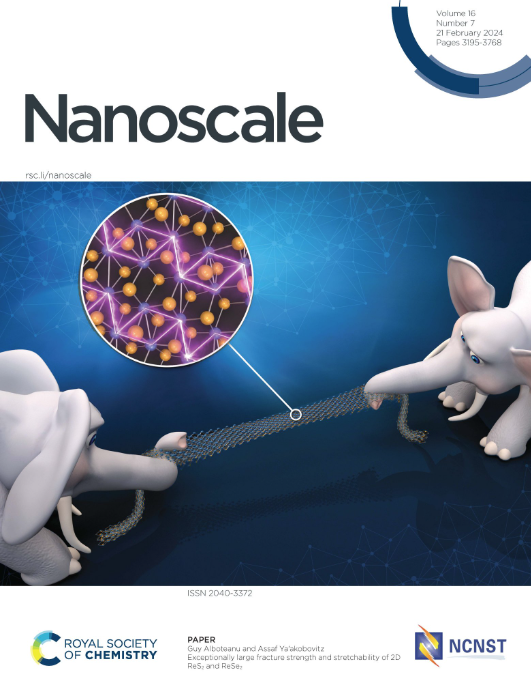A rice husk-derived SiOx/C composite for effective lithium-sulfur battery separator modification
IF 5.8
3区 材料科学
Q1 CHEMISTRY, MULTIDISCIPLINARY
引用次数: 0
Abstract
Lithium–sulfur (Li–S) batteries offer several advantages including high specific capacity, high energy density, cost-effectiveness, and non-toxicity. However, challenges such as the shuttle effect and low electrical conductivity hinder the reversibility during cycling. Herein, we introduce a sustainable rice husk-derived SiOx/porous carbon composite (S-MRH) for separator modification in high-performance Li–S batteries. The S-MRH composite, synthesized via a salt-assisted method without toxic chemicals, features amorphous polar SiOx and porous carbon working synergistically. SiOx promotes a catalytic effect that suppresses polysulfide dissolution, while porous carbon provides an open conductive network. An S-MRH-coated polypropylene (S-MRH/PP) separator exhibited a high specific capacity of 1507.7 mA h g−1 at 0.1C, which is attributed to improved sulfur utilization. Compared to different separators, the S-MRH/PP separator demonstrated a superior rate performance of 766.5 mA h g−1 at 3C. Even under high sulfur loading and lean electrolyte conditions, S-MRH/PP exhibited good cycling stability with high capacities. This study highlights the potential of biomass-derived materials in Li–S batteries and offers insights into SiOx/C synthesis applicable to various energy storage systems.

稻壳基SiOx/C复合材料对锂硫电池隔板的有效改性
锂硫(li -硫)电池具有高比容量、高能量密度、成本效益和无毒性等优点。然而,诸如穿梭效应和低电导率等挑战阻碍了循环过程中的可逆性。在此,我们介绍了一种可持续的稻壳衍生SiOx/多孔碳复合材料(S-MRH),用于高性能Li-S电池的分离器改性。S-MRH复合材料是通过盐辅助法合成的,不含有毒化学物质,其特点是无定形极性SiOx和多孔碳协同工作。SiOx促进了抑制多硫化物溶解的催化作用,而多孔碳则提供了一个开放的导电网络。S-MRH包覆聚丙烯(S-MRH/PP)分离器在0.1C时的比容量高达1507.7 mA h g−1,这是由于硫的利用率提高所致。与其他分离器相比,S-MRH/PP分离器在3C时的速率性能为766.5 mA h g−1。即使在高硫负荷和贫电解质条件下,S-MRH/PP也表现出良好的循环稳定性和高容量。这项研究强调了生物质衍生材料在Li-S电池中的潜力,并为适用于各种储能系统的SiOx/C合成提供了见解。
本文章由计算机程序翻译,如有差异,请以英文原文为准。
求助全文
约1分钟内获得全文
求助全文
来源期刊

Nanoscale
CHEMISTRY, MULTIDISCIPLINARY-NANOSCIENCE & NANOTECHNOLOGY
CiteScore
12.10
自引率
3.00%
发文量
1628
审稿时长
1.6 months
期刊介绍:
Nanoscale is a high-impact international journal, publishing high-quality research across nanoscience and nanotechnology. Nanoscale publishes a full mix of research articles on experimental and theoretical work, including reviews, communications, and full papers.Highly interdisciplinary, this journal appeals to scientists, researchers and professionals interested in nanoscience and nanotechnology, quantum materials and quantum technology, including the areas of physics, chemistry, biology, medicine, materials, energy/environment, information technology, detection science, healthcare and drug discovery, and electronics.
 求助内容:
求助内容: 应助结果提醒方式:
应助结果提醒方式:


